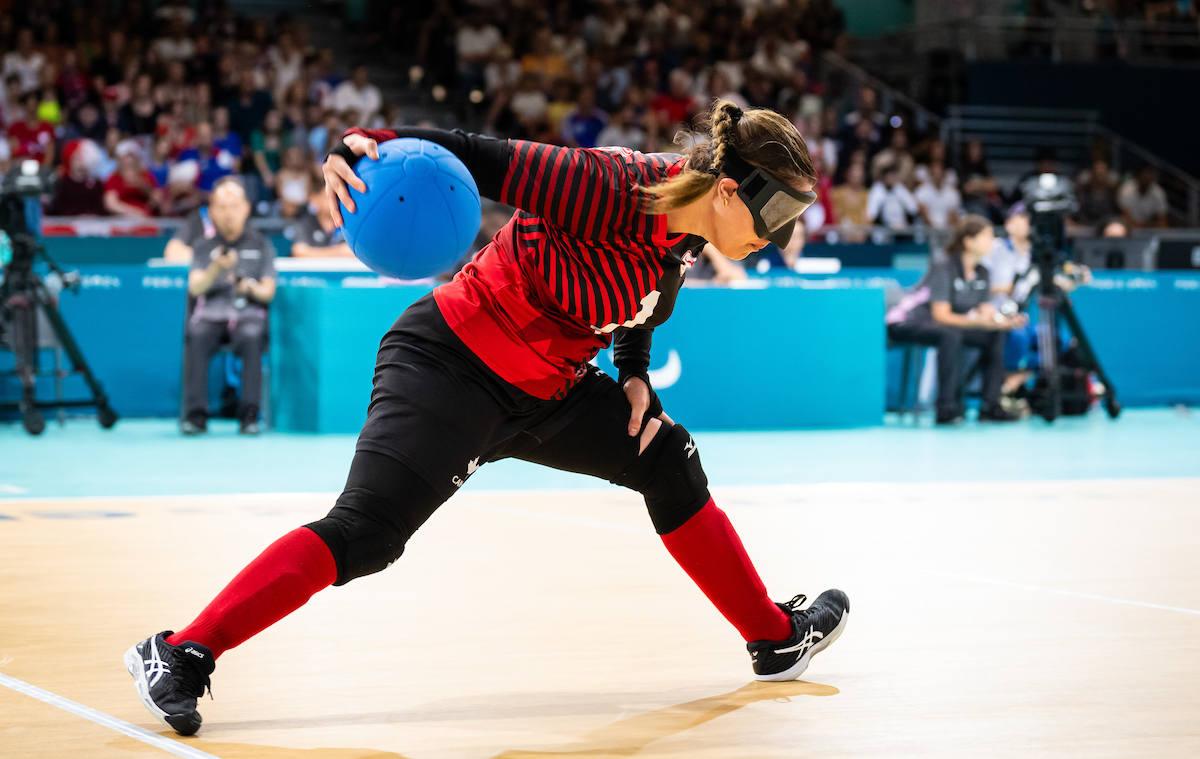
Goalball
Summer Sports
Goalball is a sport exclusive to athletes with visual impairments, played by both men and women. Played in a gym court, the objective of the game is to throw the ball using a bowling motion into the opponent’s net while the opposing players try to block the ball with their bodies. The 1.25 kilogram ball has noise bells which help orientate the players.
It is an intensely unique spectator sport given the venue atmosphere and extreme concentration and silence required by the athletes.
Each team is comprised of six players with no more than three players per team (one centre and two wingers) permitted on the court at any one time. Goals are scored by rolling a ball (called a goalball) toward the opposing team’s net which spans the width of the court at each end.
Goalball is played on a court with tactile markings to enable players to determine their location on the court and the direction he/she is facing at any time. Silence during playtime is critical to allow the players to listen, concentrate, and react.
Game duration is 24 minutes divided into two 12-minute halves with a three-minute half time.
Two basic rules guide ball throwing/rolling:
Personal and team penalties may be awarded for rule infractions.
Goalball was invented in 1946 in an effort to rehabilitate veterans with a visual impairment who returned from World War II. In 1976, it was introduced to the world at the Paralympic Games in Toronto and a women’s tournament was added at the 1984 Paralympic Games. The Canadian women’s team has been particularly successful with five Paralympic Games medals including back-to-back gold in 2000 and 2004. The men won the silver in 1996.
The world governing body of goalball is the International Blind Sport Federation. Canadian Blind Sports Association is the National Sport Federation.
Athletes competing in goalball must have a visual impairment and classified in B1-B3 sport classes. All players must wear eyeshades during the game.
"*" indicates required fields